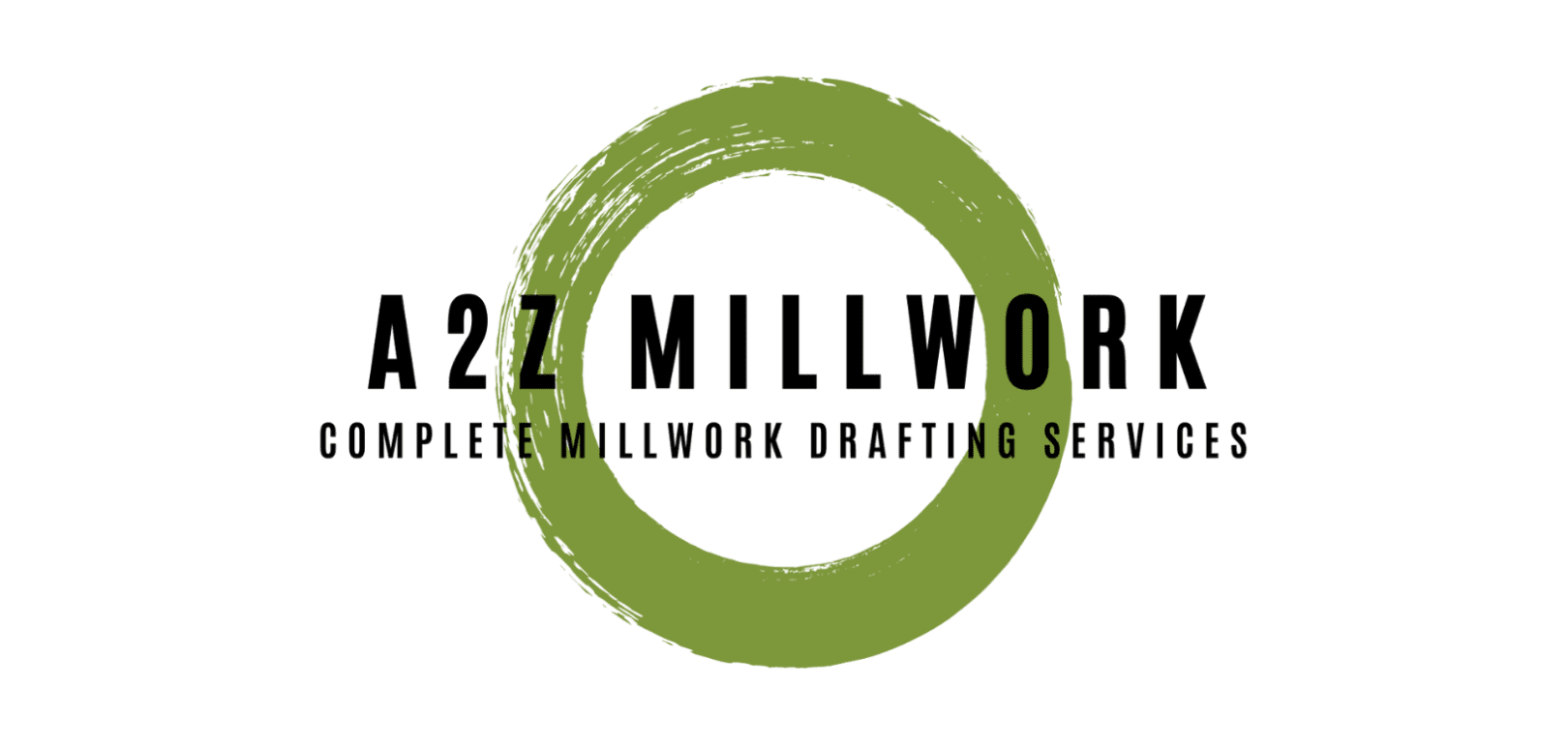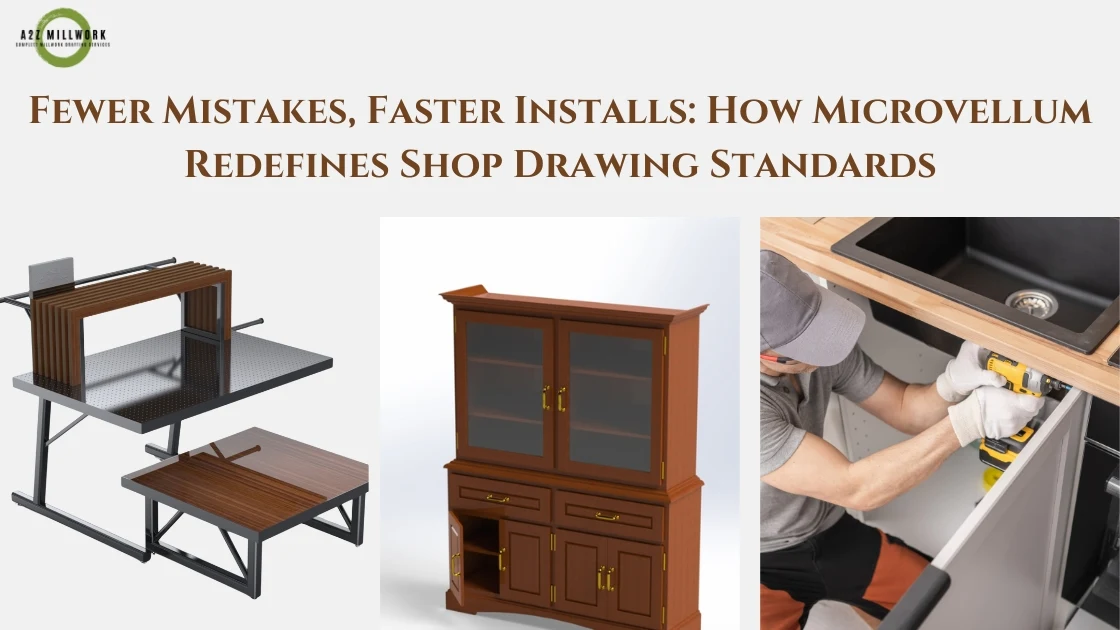Introduction: Why Accuracy Defines Success in U.S. Millwork
In today’s fast-moving millwork and cabinetry industry, mistakes are expensive. A single miscalculated dimension, an unclear joinery detail, or an incorrect cut list can result in delayed installations, wasted materials, and unhappy clients. For U.S. millwork manufacturers, who already operate under tight schedules and rising material costs, such errors eat directly into profit margins,That’s where Microvellum shop drawings are changing the game. By redefining drafting standards with CNC-ready precision, automated cut lists, and seamless project workflows, Microvellum empowers manufacturers to achieve fewer mistakes and faster installs—exactly what the market demands in 2025.
In this article, we’ll explore how Microvellum’s advanced shop drawings are setting a new standard in millwork, why U.S. manufacturers are rapidly adopting it, and how it translates to profitability, efficiency, and client satisfaction.
The Problem with Traditional Shop Drawings
Before diving into Microvellum’s impact, it’s important to understand where traditional drafting methods often fall short.
- Manual Errors Multiply
- In AutoCAD or hand-drafted shop drawings, small errors like a misaligned cut line or incorrect material spec can cascade into costly rework.
- A 2023 study by AWI (Architectural Woodwork Institute) estimated that change orders due to drafting errors account for 7–10% of total project costs in the U.S. millwork industry.
- Disconnected from CNC
- Traditional shop drawings are not inherently CNC-ready, meaning manufacturers must manually translate dimensions into CNC codes—a step prone to human error.
- Slow Approvals, Slower Installs
- Shop drawings that lack detail often require multiple rounds of clarification with architects and contractors, delaying approval timelines and pushing back installations.
How Microvellum Shop Drawings Solve the Problem
1. CNC-Ready Precision: Eliminating Translation Errors
Unlike standard drafting tools, Microvellum integrates directly with CNC machines. Once shop drawings are finalized, cut lists and machine-ready outputs are generated automatically. This means:
- No manual coding.
- No missing parts.
- No dimensional misinterpretations.
👉 Result: Fewer mistakes during fabrication and smoother CNC production.
2. Automated Cut Lists: Reducing Material Waste
Microvellum shop drawings are intelligent, meaning they generate cut lists that factor in material dimensions, nesting strategies, and grain direction. This helps manufacturers:
- Optimize sheet layouts for maximum material yield.
- Reduce waste by up to 12–15% compared to manual cut planning.
- Track costs per part, per sheet, and per project.
For U.S. manufacturers dealing with fluctuating lumber and plywood prices, this alone creates a massive competitive edge.
3. Standardization Across Projects
One of the biggest pain points for U.S. millwork firms is inconsistency—different drafters creating drawings in different styles. Microvellum solves this with standardized templates and parametric libraries, ensuring:
- Uniformity in dimensions, joinery, and labeling.
- Clear communication with architects, builders, and installers.
- Reduced dependency on individual drafter preferences.
👉 Consistency builds trust with general contractors and reduces RFIs (Requests for Information) during construction.
4. Seamless Collaboration with Architects and Designers
Microvellum’s 3D shop drawings and parametric models make it easier for project stakeholders to visualize the end product. When architects see exactly how a cabinet or millwork piece will be fabricated, approval cycles shorten dramatically.
📊 In fact, millwork shops using Microvellum report 30% faster approval timelines compared to traditional 2D-only shop drawings.
5. Installation Without Headaches
Every manufacturer knows: the real test of drafting accuracy comes during installation. If parts don’t align, crews waste hours (sometimes days) adjusting on site.
With Microvellum:
- Cut lists match CNC outputs exactly.
- Joinery details are modeled and documented with precision.
- Installers face fewer adjustments, fewer delays, and smoother project handovers.
👉 Faster installs mean happier clients, quicker project turnover, and the ability to move on to the next job sooner.
Why This Matters for U.S. Manufacturers in 2025
The U.S. millwork industry is under increasing pressure:
- Labor shortages are making skilled drafters and installers harder to find.
- Rising material costs mean waste directly impacts profitability.
- Tight project timelines leave no room for rework.
In this environment, Microvellum isn’t just a drafting tool—it’s a profit-protection system. By delivering shop drawings that feed directly into production and installation, U.S. firms safeguard their margins while maintaining high-quality standards.
Case Study Example
Imagine a custom cabinetry manufacturer in California tasked with a 200-unit apartment project. Using traditional shop drawings, they encountered:
- Multiple RFIs due to unclear cabinet dimensions.
- 15% material waste from inefficient cutting.
- Delays in installation requiring overtime labor.
After switching to Microvellum:
- Cut lists were CNC-ready, removing manual translation.
- Waste dropped to under 5%.
- Installation ran smoothly, finishing two weeks ahead of schedule.
👉 The savings translated into $75,000 recovered profit on just one project.
Comparison Snapshot: Traditional Shop Drawings vs. Microvellum
Since LinkedIn doesn’t support tables easily, here’s a clear text comparison format you can also reuse in posts:
🔹 Traditional Shop Drawings
- Manual dimensioning errors common
- Separate step for CNC coding
- Higher material waste (10–15%)
- Longer approval cycles
- Frequent site adjustments
🔹 Microvellum Shop Drawings
- CNC-ready outputs, no translation needed
- Automated cut lists optimize materials
- Waste reduced to 3–5%
- Faster approvals with 3D clarity
- Installations are faster and error-free
Conclusion: Why U.S. Firms Can’t Ignore Microvellum in 2025
For U.S. millwork manufacturers, the stakes have never been higher. Clients demand speed, architects demand precision, and rising material costs demand efficiency. In this climate, relying on outdated drafting methods is no longer sustainable.
Microvellum shop drawings redefine drafting standards by enabling fewer mistakes, faster installs, and higher profitability. Whether you’re running a small custom shop or a large-scale commercial millwork operation, adopting Microvellum is no longer just an option—it’s a strategic necessity.
At A2Z Millwork Design LLC, we specialize in delivering Microvellum-based shop drawings that are CNC-ready, accurate, and installation-friendly. Partner with us to eliminate drafting errors, reduce rework, and maximize your project’s success.






